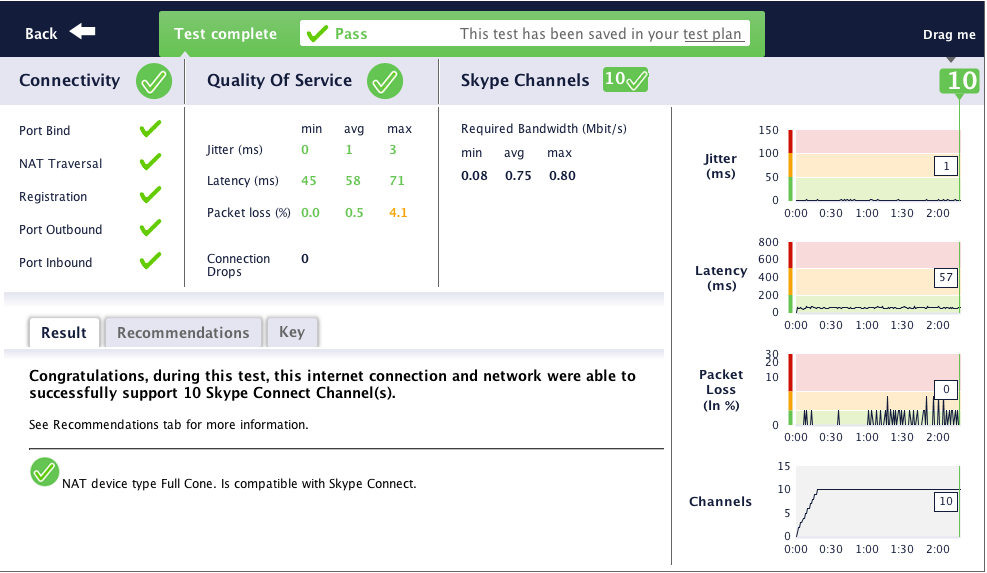Aerohive claims to be the first example of a third-generation Wireless LAN architecture.
-
The first generation was the autonomous access point.
-
The second generation was the wireless switch, or controller-based WLAN architecture.
-
The third generation is a controller-less architecture.
The move from the first generation to the second was driven by enterprise networking needs. Enterprises need greater control and manageability than smaller deployments. First generation autonomous access points didn’t have the processing power to handle the demands of greater network control, so a separate category of device was a natural solution: in the second generation architecture, “thin” access points did all the real-time work, and delegated the less time-sensitive processing to powerful central controllers.
Now the technology transition to 802.11n enables higher capacity wireless networks with better coverage. This allows enterprises to expand the role of wireless in their networks, from convenience to an alternative access layer. This in turn further increases the capacity, performance and reliability demands on the WLAN.
Aerohive believes this generational change in technology and market requires a corresponding generational change in system architecture. A fundamental technology driver for 802.11n, the ever-increasing processing bang-for-the-buck yielded by Moore’s law, also yields sufficient low-cost processing power to move the control functions from central controllers back to the access points. Aerohive aspires to lead the enterprise Wi-Fi market into this new architecture generation.
Superficially, getting rid of the controller looks like a return to the first generation architecture. But an architecture with all the benefits of a controller-based WLAN, only without a controller, requires a sophisticated suite of protocols by which the smart access points can coordinate with each other. Aerohive claims to have developed such a protocol suite.
The original controller-based architectures used the controller for all network traffic: the management plane, the control plane and the data plane. The bulk of network traffic is on the data plane, so bottlenecks there do more damage than on the other planes. So modern controller-based architectures have “hybrid” access points that handle the data plane, leaving only the control and management planes to the controller device (Aerohive’s architect, Devin Akin, says:, “distributed data forwarding at Layer-2 isn’t news, as every other vendor can do this.”) Aerohive’s third generation architecture takes it to the next step and distributes control plane handling as well, leaving only the management function centralized, and that’s just software on a generic server.
Aerohive contends that controller-based architectures are expensive, poorly scalable, unreliable, hard to deploy and not needed. A controller-based architecture is more expensive than a controller-less one, because controllers aren’t free (Aerohive charges the same for its APs as other vendors do for their thin ones: under $700 for a 2×2 MIMO dual-band 802.11n device). It is not scalable because the controller constitutes a bottleneck. It is not reliable because a controller is a single point of failure, and it is not needed because processing power is now so cheap that all the functions of the controller can be put into each AP, and given the right system design, the APs can coordinate with each other without the need for centralized control.
Distributing control in this way is considerably more difficult than distributing data forwarding. Control plane functions include all the security features of the WLAN, like authentication and admission, multiple VLANs and intrusion detection (WIPS). Greg Taylor, wireless LAN services practice lead for the Professional Services Organization of BT in North America says “The number one benefit [of a controller-based architecture] is security,” so a controller-less solution has to reassure customers that their vulnerability will not be increased. According to Dr. Amit Sinha, Chief Technology Officer at Motorola Enterprise Networking and Communications, other functions handled by controllers include “firewall, QoS, L2/L3 roaming, WIPS, AAA, site survivability, DHCP, dynamic RF management, firmware and configuration management, load balancing, statistics aggregation, etc.”
You can download a comprehensive white paper describing Aerohive’s architecture here.
Motorola recently validated Aerohive’s vision, announcing a similar architecture, described here.
Here’s another perspective on this topic.

